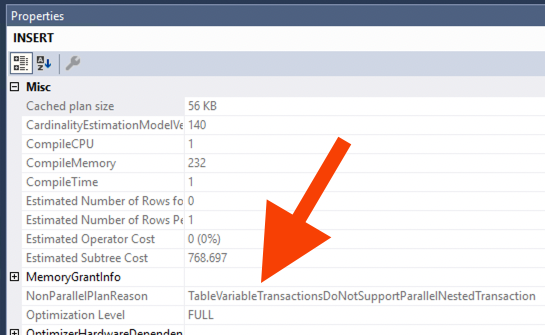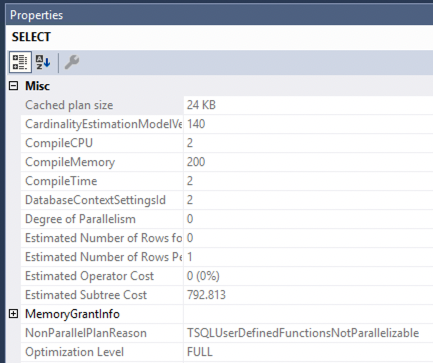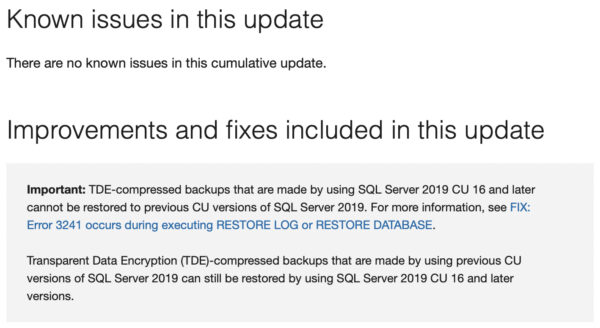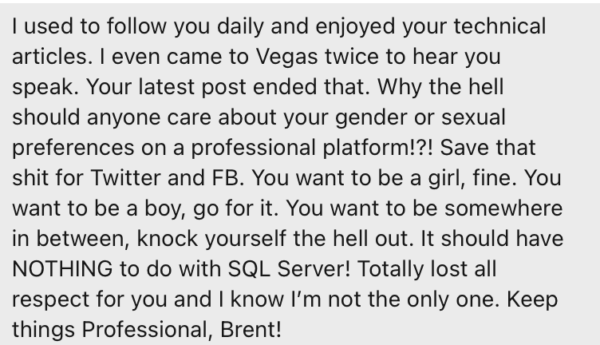Wanna buy my Recorded Class Season Pass: Fundamentals or Mastering, but you don’t want an annual subscription?
 Now you can buy either of those bundles, pay one price, and get permanent access to the classes without worrying about recurring fees.
Now you can buy either of those bundles, pay one price, and get permanent access to the classes without worrying about recurring fees.
The price is the same as if you’d have had the subscription for 2 years.
So you can kinda think of it as a gamble: if you can finish the classes in 1 year, you’re best off buying a subscription, but then canceling before the year is over.
Or, if you’re busy, or if you think you want to revisit the content over and over, you can buy the Lifetime Access version without worrying about when your content will expire.
I will say this: every month, I get emails from students who beg for just one more month of access because they postponed all year long, and then realized their subscription was almost up. I know how it goes: work is a zoo!
Update: I’ve gotten a lot of questions about buying the Level 2 Bundle for a lifetime. That isn’t an option at this time – that bundle includes software like SQL ConstantCare and the Consultant Toolkit. That software & online service takes an ongoing investment to maintain, so we don’t do lifetime pricing on that – just the class recordings.

 So here it comes, Eric.
So here it comes, Eric.















